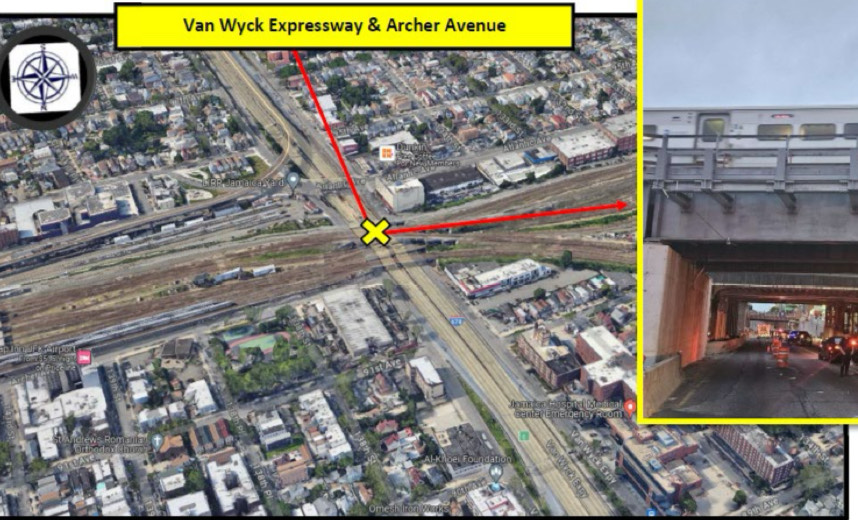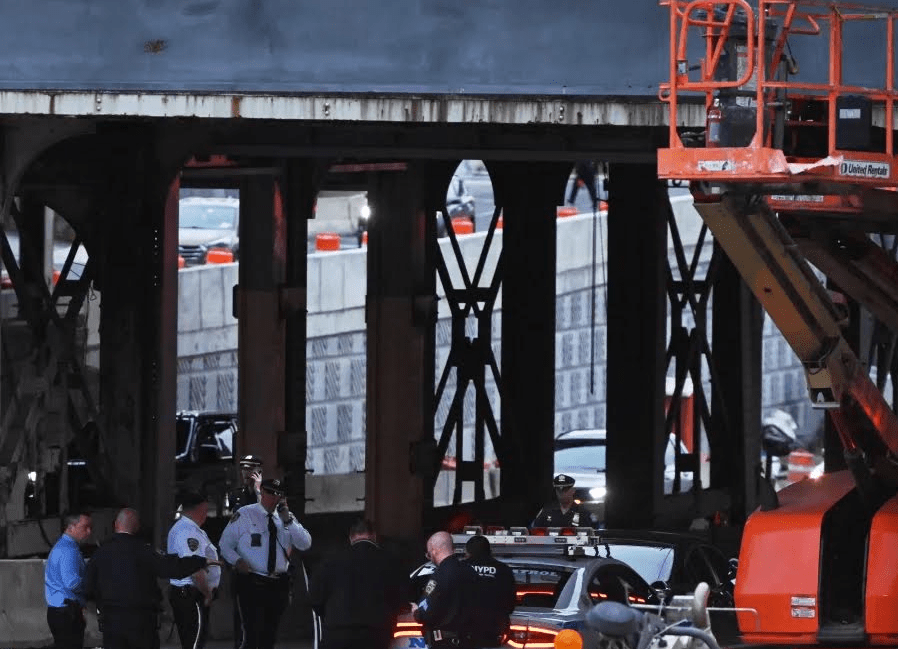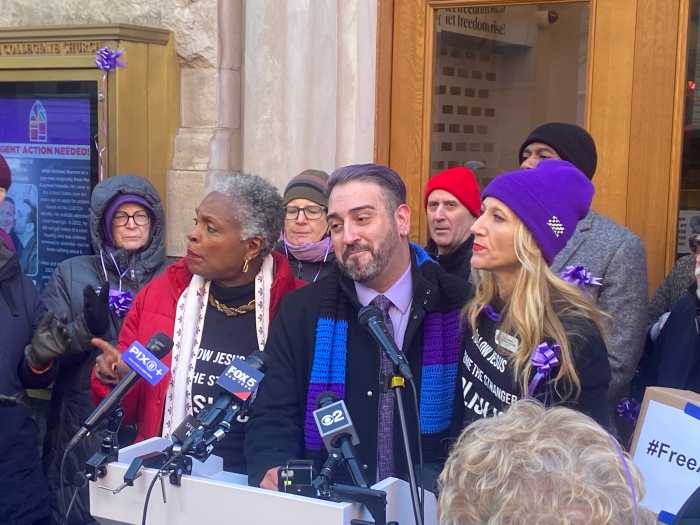New York Attorney General Letitia James’ Office of Special Investigation (OSI) released its report on Wednesday into the death of Ervin Zacarias Antonio Agustin, a 23-year-old man from Valley Stream, LI, who died on May 19, 2024, following a motor vehicle collision involving an NYPD officer near Archer Avenue on the Van Wyck Expressway.
Police from the 102nd Precinct in Richmond Hill responded to a 911 call of a motor vehicle-related incident and found Agustin unconscious and unresponsive, lying near an NYPD vehicle. EMS rushed Agustin to Jamaica Hospital Medical Center, where he was pronounced dead. The highway patrol officer assigned to the 112th Precinct in Forest Hills remained at the scene of the collision. The officer was also transported to Jamaica Hospital Medical Center for treatment for his minor injuries.
Following a mandated investigation, which included reviewing the vehicle’s dashboard camera, interviewing Police Officer Carlos Rivera, and conducting a comprehensive legal analysis, OSI determined that a prosecutor would not be able to prove beyond a reasonable doubt at trial that the officer committed a crime. Therefore, criminal charges would not be pursued in this case.

In the early morning hours of May 19, 2024, Officer Rivera, assigned to the NYPD Highway District, was traveling in a marked police vehicle with his turret lights and siren activated, heading to the scene of a fatal motor vehicle collision on the Belt Parkway in Queens. The officer was driving southbound on the Van Wyck Expressway, a multi-lane highway that runs north-south with three lanes in each direction, separated by a concrete divider and no pedestrian traffic. The speed limit on the Van Wyck is 50 mph and 40 mph in construction zones. As the officer approached the vicinity of Archer Avenue, he was traveling at a speed of 63 mph as Agustin attempted to run across the highway at 4:32 a.m. and was struck by the officer’s vehicle. The collision occurred near a construction site, with construction equipment parked behind the concrete barriers lining both sides of the southbound lanes.
Under OSI’s analysis of New York’s Vehicle and Traffic Law, Penal Law, and case law from New York’s highest court, a police officer who causes a death while properly responding to an emergency in a police vehicle cannot be charged with a crime unless the officer acts recklessly or intentionally. The criminal charge that requires recklessness is Manslaughter in the Second Degree, in which a person is guilty when they recklessly cause the death of another person. ‘“Recklessly” means that the person consciously disregards a “substantial and unjustifiable” risk of death and that their actions are a “gross deviation” from a reasonable standard of conduct.
In this case, while Officer Rivera caused Agustin’s death, the evidence does not establish beyond a reasonable doubt that the officer’s conduct was a gross deviation from the standard that a reasonable officer would have observed in the same circumstances, or that the officer consciously disregarded a substantial and unjustifiable risk of death. The officer was speeding because he was responding to an emergency. In addition, the officer had no reason to expect that a person would attempt to cross the expressway on foot, as the Van Wyck Expressway is closed to pedestrians. There was no evidence the officer was impaired by drugs or alcohol and no evidence that he was otherwise distracted at the time of the collision. Therefore, OSI concluded that there was insufficient evidence to pursue criminal charges against Officer Rivera.
Pursuant to New York State Executive Law Section 70-b, OSI assesses every incident reported to it where a police officer or a peace officer, including a correction officer, may have caused the death of a person by act or omission. Under state law, the officer may be on-duty or off-duty, and the decedent may be armed or unarmed. Also, the decedent may or may not be in custody or incarcerated. If OSI’s assessment indicates an officer may have caused the death, OSI proceeds to conduct a full investigation of the incident.





































